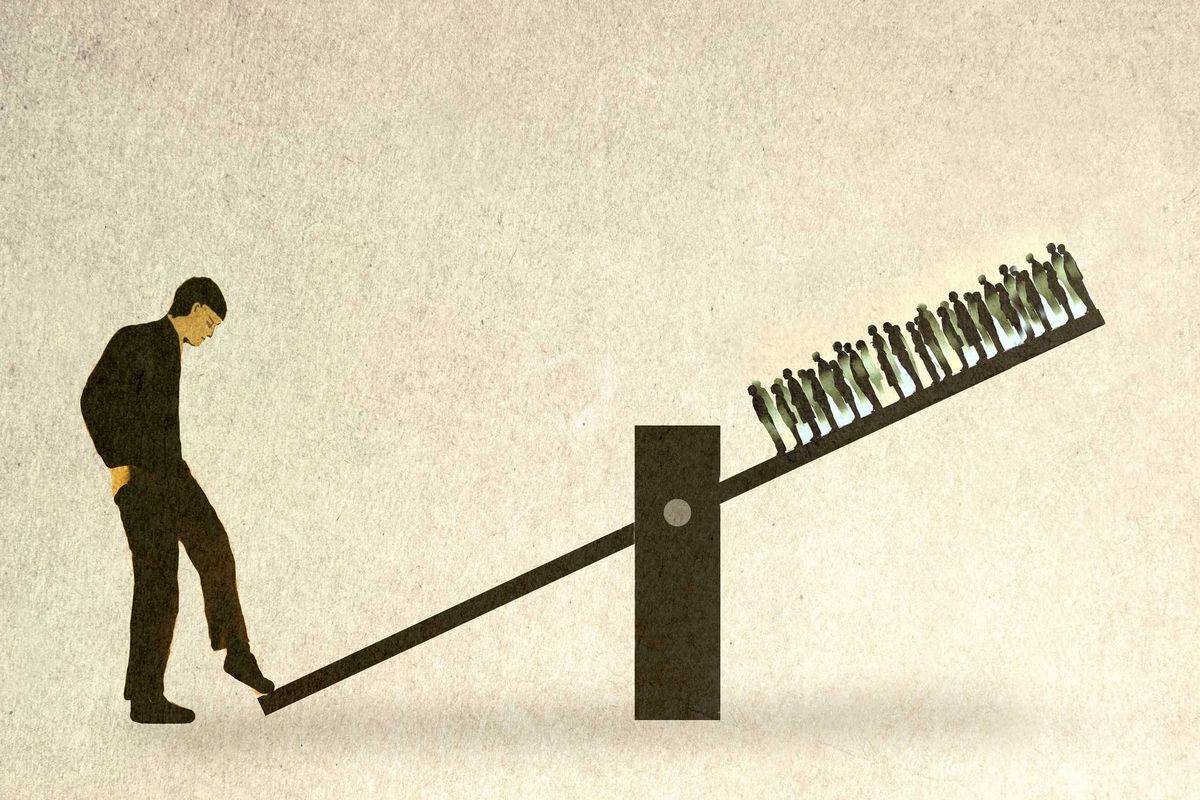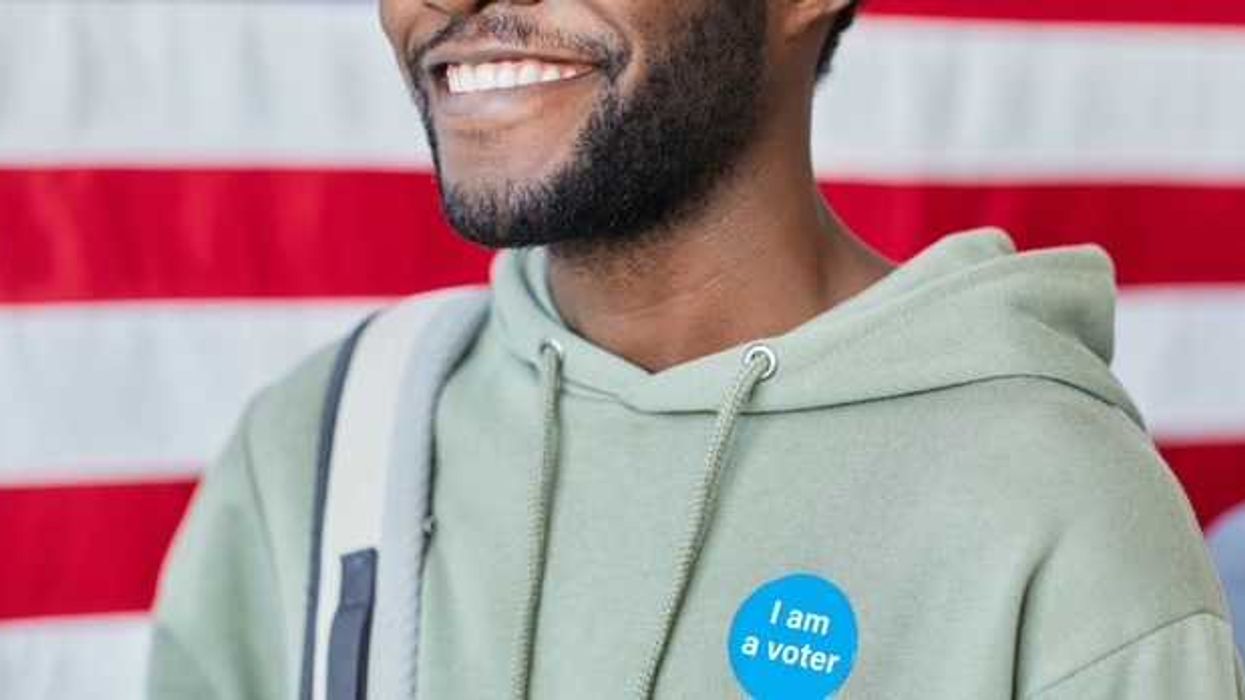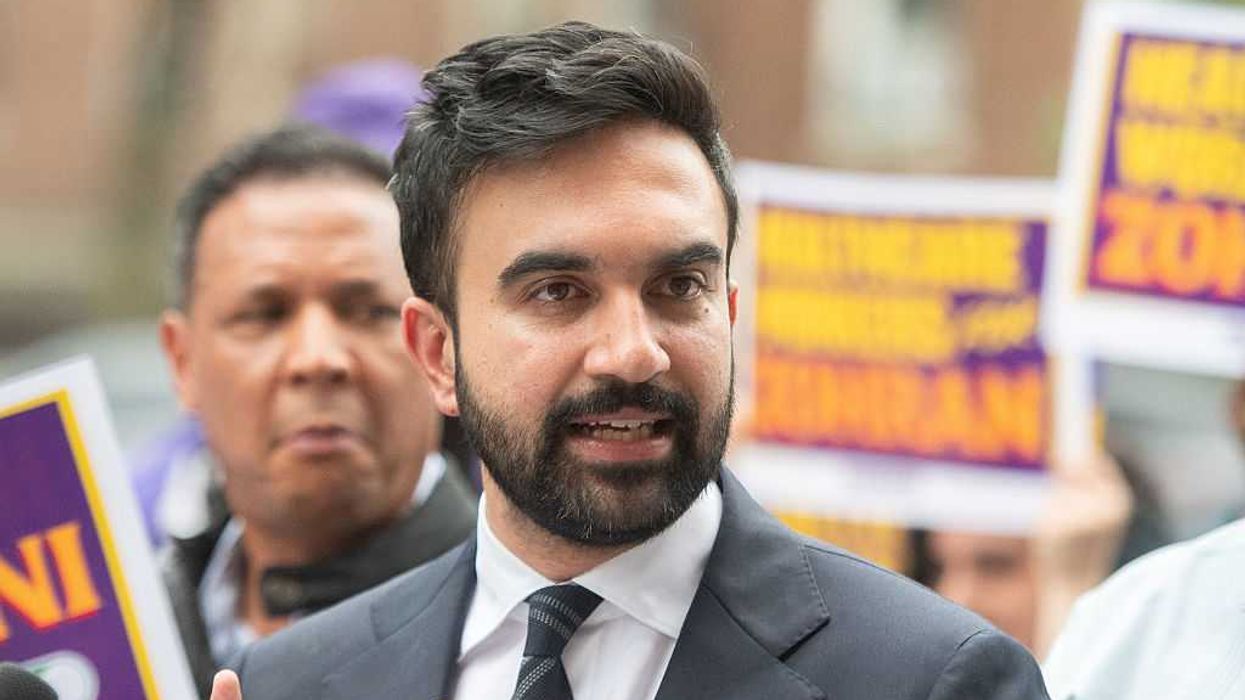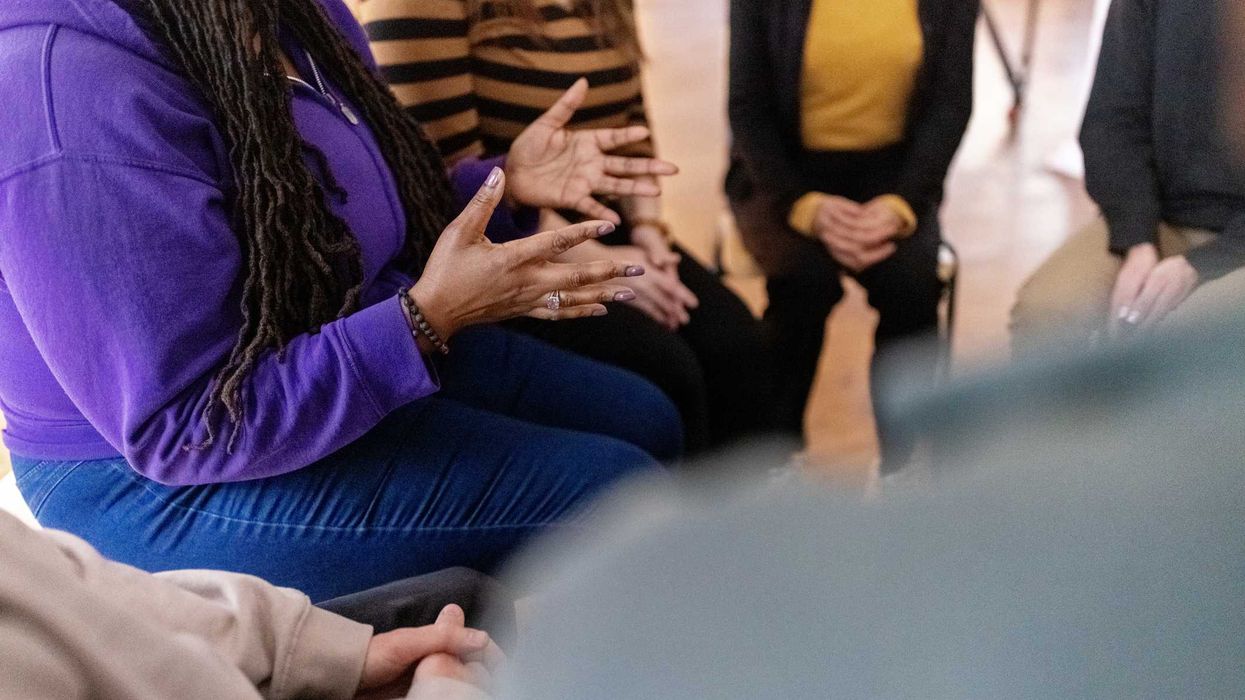Miller is the founder and chairman of the Jack Miller Center, a 501(c)(3) organization dedicated to reinvigorating education in America’s founding principles and history, from K-12 through college.
The time between Thanksgiving and the end of the year is one of the busiest times of the year for giving, as Americans thoughtfully consider how to donate to organizations and causes they support. Unfortunately, sometimes it takes a crisis to bring some clarity to our priorities.
In recent weeks, several major donors are closing their checkbooks to elite colleges and universities after the recent terrorist attacks in Israel. While we all watched videos of the horrific acts of barbarism that Hamas perpetrated on Israel, many student groups and administrators quickly jumped to defend these attacks as justified—or worse, righteous.
In this moment of crisis, philanthropists should remember the importance of maintaining donor intent. The anti-Israel sentiment and antisemitism afflicting campuses should remind all donors of the need to be careful about how we give support to institutions. Our donations are too often used to support actions and views we oppose.
I had my own experience with this years ago when I gave a substantial donation to a top-tier research university to study peripheral neuropathy (PN), a condition from which I suffer. Not being well informed back then, the only condition for my donation beyond studying for a cure for PN was that if I thought they weren’t fulfilling their mission, I could get the unspent portion of the money back.
Three or four years into the program, after funding a lifetime chair and equipping two laboratories, including hundreds of mice, there was little left. So, by the time I discovered that they were studying some other disease, there was little I could do. But expensive as it was, it was a “Lesson Learned.”
Today, my family and I don’t think in terms of “giving,” but rather, in terms of “investing.” We donors should be “investing” with the intention of seeing certain hoped-for results. Philanthropy is a serious business and deserves serious attention.
For living donors, it is important to structure your giving around your beliefs. Those beliefs should be carefully thought out and memorialized. For those overseeing foundations created by donors who have passed away, it is their responsibility to use every means possible to determine what the donor believed and how that donor would want the money “invested.”
Now, I have a staff and a board to oversee my donations. We have a carefully-crafted contract for gifts over a certain amount. I also have a 19-page document, “This I Believe,” outlining my beliefs and the types of causes we will and won’t give to.
For example, I believe strongly in America and her political philosophy that has given me the freedom to live my life (94 years so far) the way I wanted to and to live the American Dream.
I believe so strongly in this that I have used many millions of my philanthropic dollars to start and build The Jack Miller Center for Teaching our Founding Principles and History, now in its nineteenth year. With over 1,000 professors on 320 campuses and an expanding K-12 program, we have reached millions of young people with the message that our country’s principles are worth preserving.
Most donors don’t want to start new organizations, but there are thousands already functioning, amongst which, donors can find good ones that promote the causes they believe in. There are also organizations out there, like Philanthropy Roundtable, DonorsTrust, and the Bradley Impact Fund, that can help you navigate the nonprofit world with your values top of mind.
There are thousands of organizations, large and small, out there, with a wide array of missions so every donor can find those whose missions align with their donor intent. And if one of those mega donors who are now unhappy with what is happening with their dollars would invest, let’s say, $100 million in one, or a few, organizations that really align with their beliefs and have a proven track record of success, they would be amazed at the results.
It is a shame that it took such a terrible crisis to bring clarity to smart giving. With the end of year and Giving Tuesday upon us, our mailboxes will be full of letters and emails asking for support. I urge all donors to do their homework and invest based on their values.




















 File:Charlie Kirk - 53069222184.jpg - Wikipedia en.m.wikipedia.org
File:Charlie Kirk - 53069222184.jpg - Wikipedia en.m.wikipedia.org